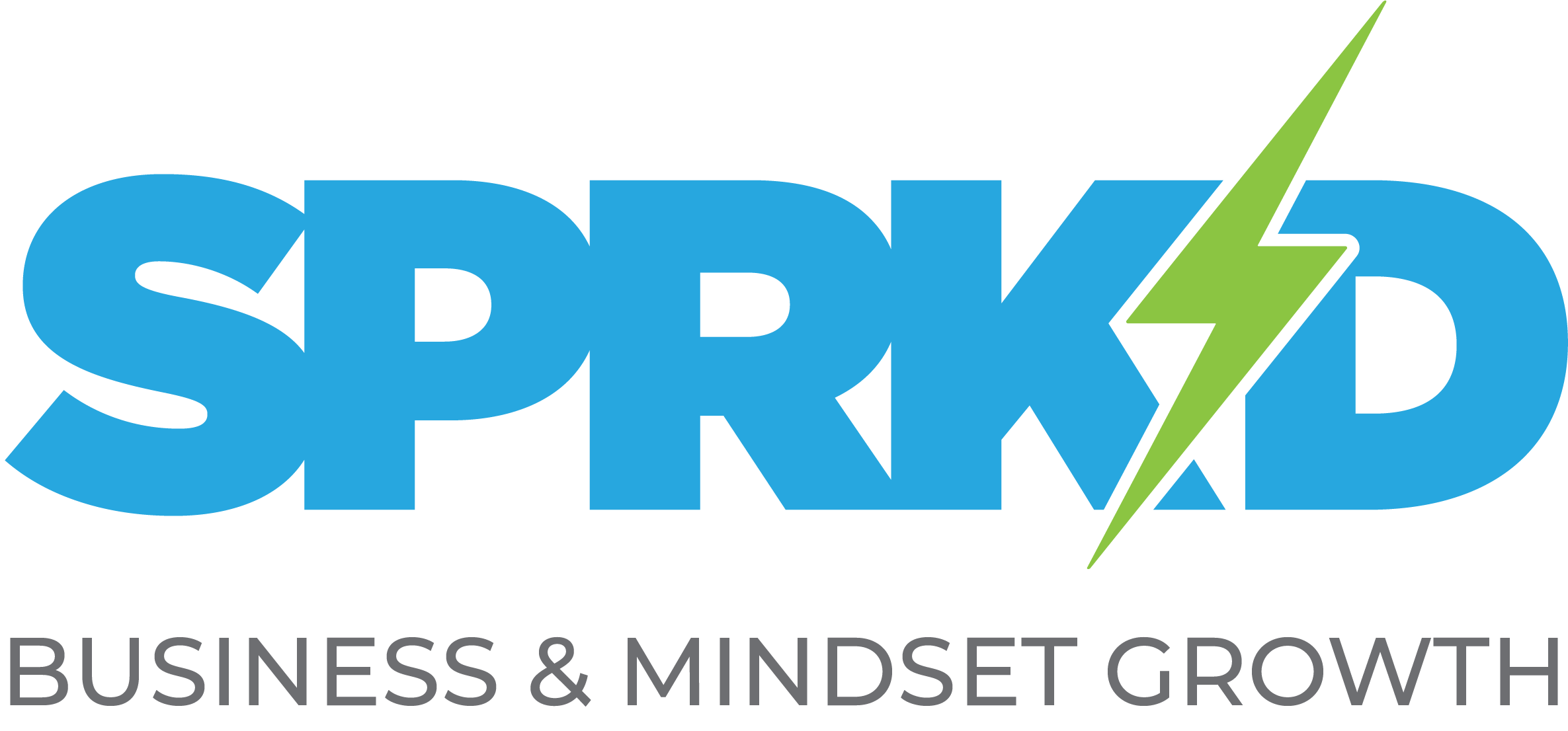Build a business you love to lead. Create the life you want.
Lead nurturing: Is social media retargeting for you?

This is Part Three of a three-part blog series on lead nurturing strategies. Read Part One and Part Two.
Automated email campaigns may be the most popular lead nurturing strategy today — but the average email open rate across all industries is only 32%.
A multichannel approach engages leads across multiple platforms (not just email!), offering you more opportunities to reach more leads.
In part two of our series on lead-nurturing campaigns, we discussed how you can use progressive profiling to learn more about your leads over time.
Tactics like progressive profiling assume that your visitors will follow a predictable and orderly path to purchase. But the truth is, many who interact with your brand will not immediately convert into leads, and may not even revisit your website for a long time.
In this third and final installment, let’s take a deep dive into how social media retargeting can keep your brand top of mind with these visitors — even after they’ve left your site.

What is social media retargeting?
Imagine you run a brick-and-mortar store. Throughout the day, many potential customers will probably come in and browse — but they’re often “just looking” and will leave without making a purchase.
In real life, once those visitors are gone, you have no way of contacting them again.
But online, you can target pay-per-click (PPC) advertisements to people who have already visited your website, or are already on your email list, to continue reminding them about your brand.
Because it directs your advertising spend to people who have already interacted with and shown interest in your brand, retargeting is cost-effective and tends to show a higher return on investment.
How do we use social media retargeting?
There are two ways to add retargeting to your social media advertising strategy: pixel-based and list-based.
1. Pixel-based retargeting
Pixel-based retargeting involves adding a small bit of Javascript, known as a “pixel,” to your site. The pixel tracks site visitors using an anonymous browser cookie, informing your ad platforms to show specific ads based on the site pages that person viewed.
Pixel-based retargeting is popular because it’s timely and behavior-based — you can automatically target visitors from the moment they leave your site, based on their demonstrated interest.
2. List-based retargeting
If you already have a list of contacts you’d like to target, you can upload their email addresses to your ad platform, and they’ll see ads targeted specifically at them.
List-based retargeting requires more effort to maintain, as you have to manually update your ad settings to reflect your email list. However, because you’re hand selecting who to include, it does allow you to customize your ads according to the exact needs of your target audience.
Getting started with social media retargeting
There are many ways to set up a successful retargeting campaign. You could use a third-party platform — we recommend AdRoll or Retargeter — or you could set it up yourself through Facebook, Twitter, or LinkedIn.
Generally, we’ve found that the most effective campaigns leverage a mix of retargeted ads on Facebook, Twitter, and Google AdWords.
To help you get started, we’ve put together a free guide on how to get retargeting ads set up on Facebook. Download it now!
To read the rest of our series on lead nurturing campaigns: Part One // Part Two
Recent Posts
UNLOCK YOUR POTENTIAL IN 30 MINUTES
👀 Seeking efficient solutions to the business, marketing, or mindset challenges you face?
🚀 Ready to take your business to the next level?
⏰ Short on time?
QuickWin Coaching is designed with you in mind. Why waste hours in lengthy coaching sessions when you can achieve remarkable results in a mere 30 minutes?




